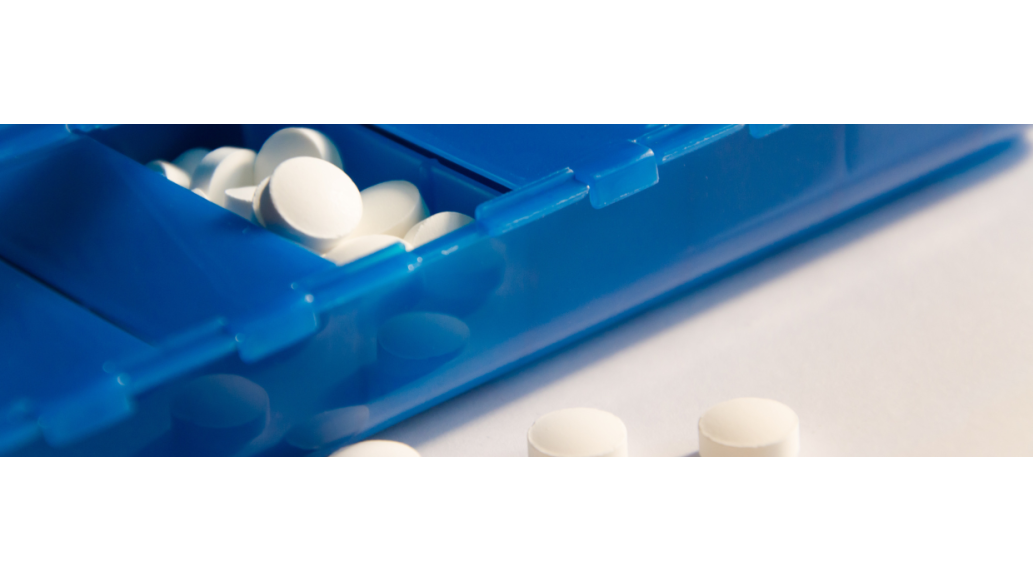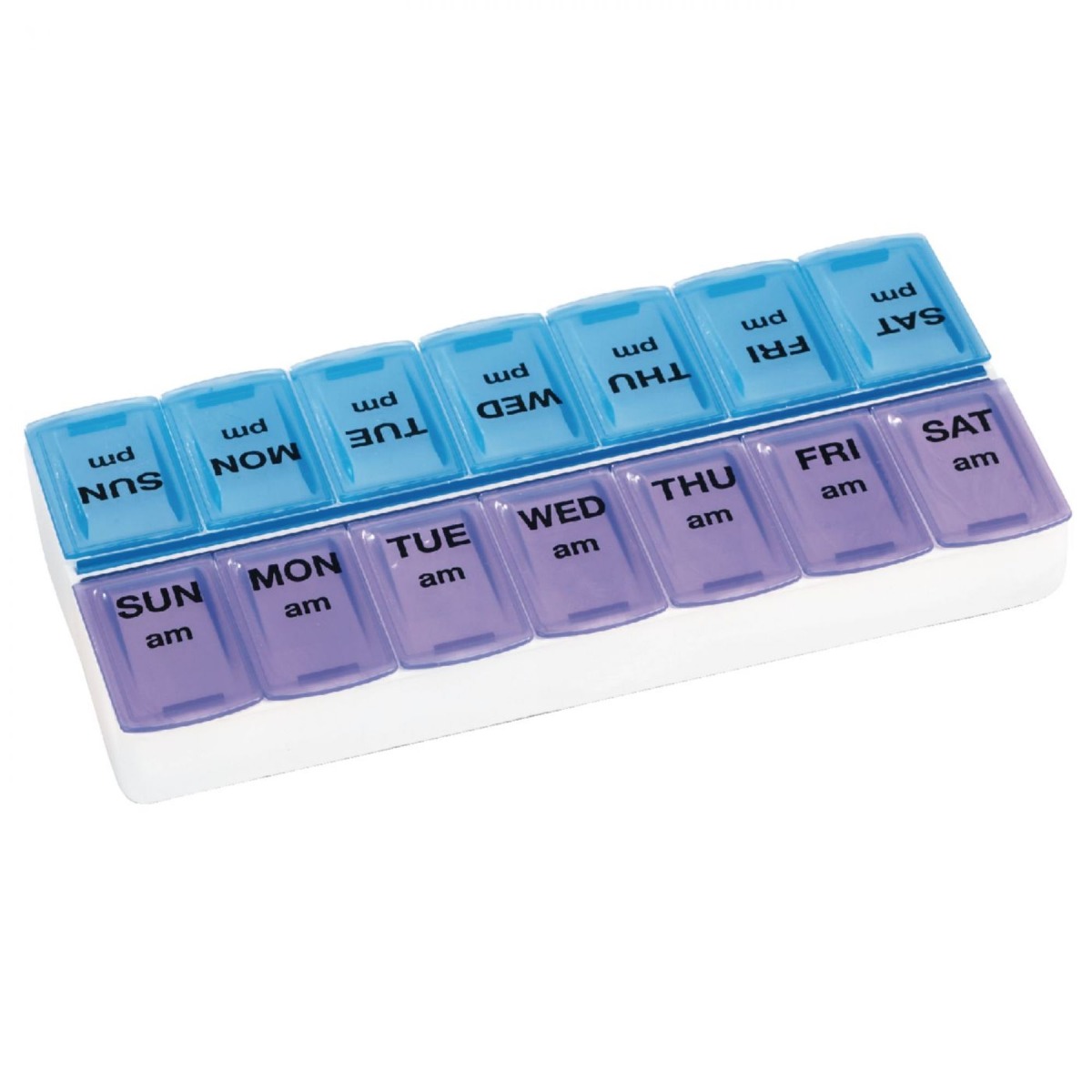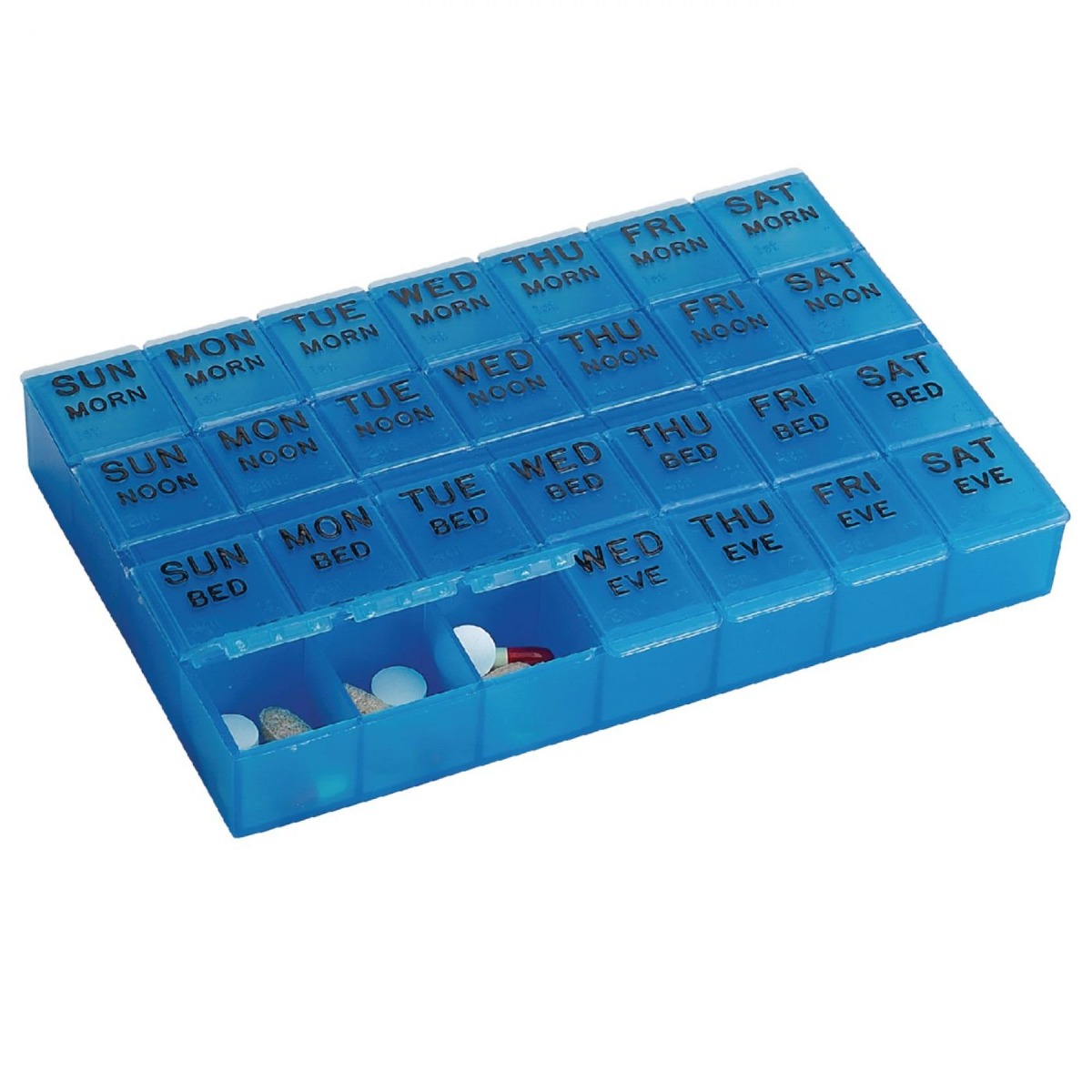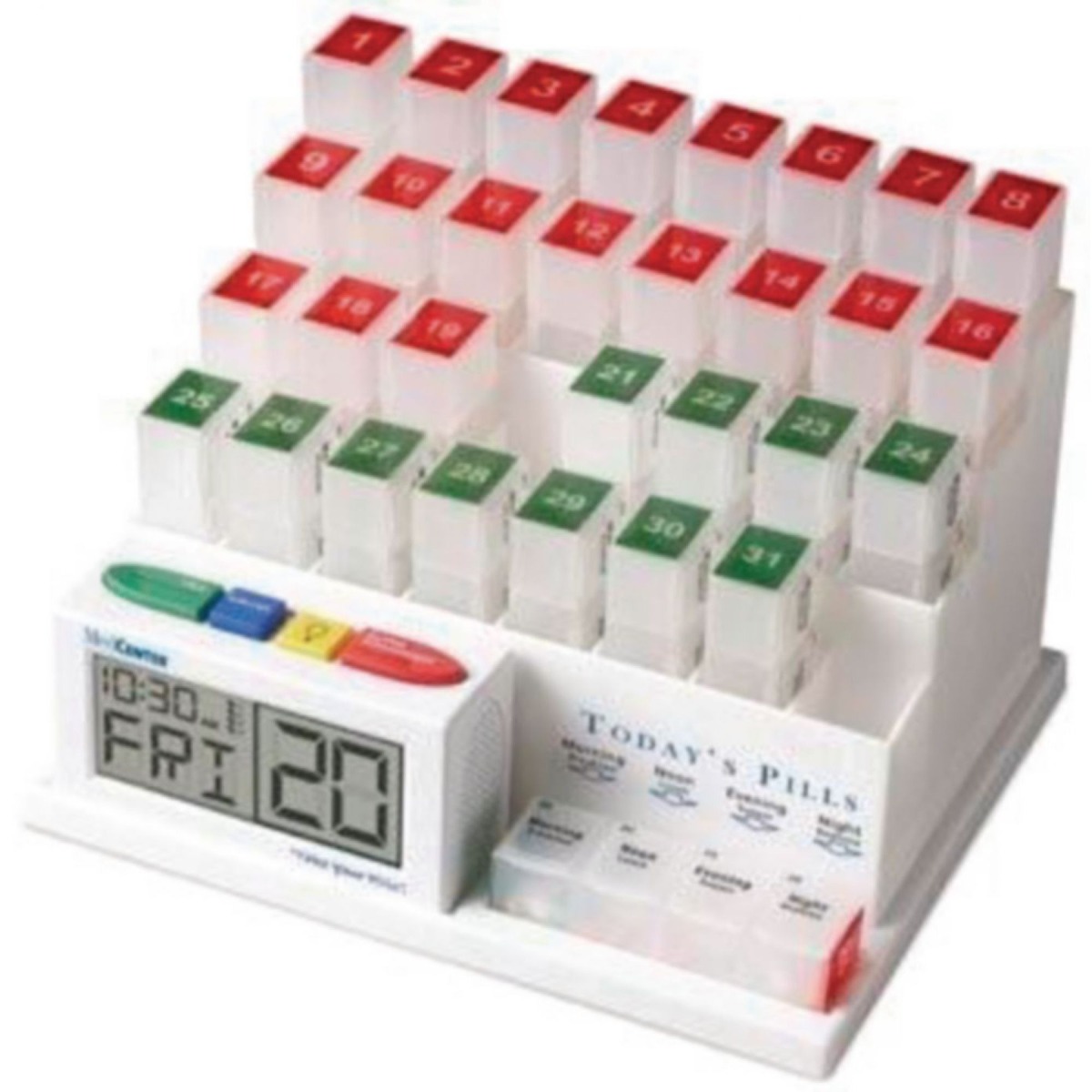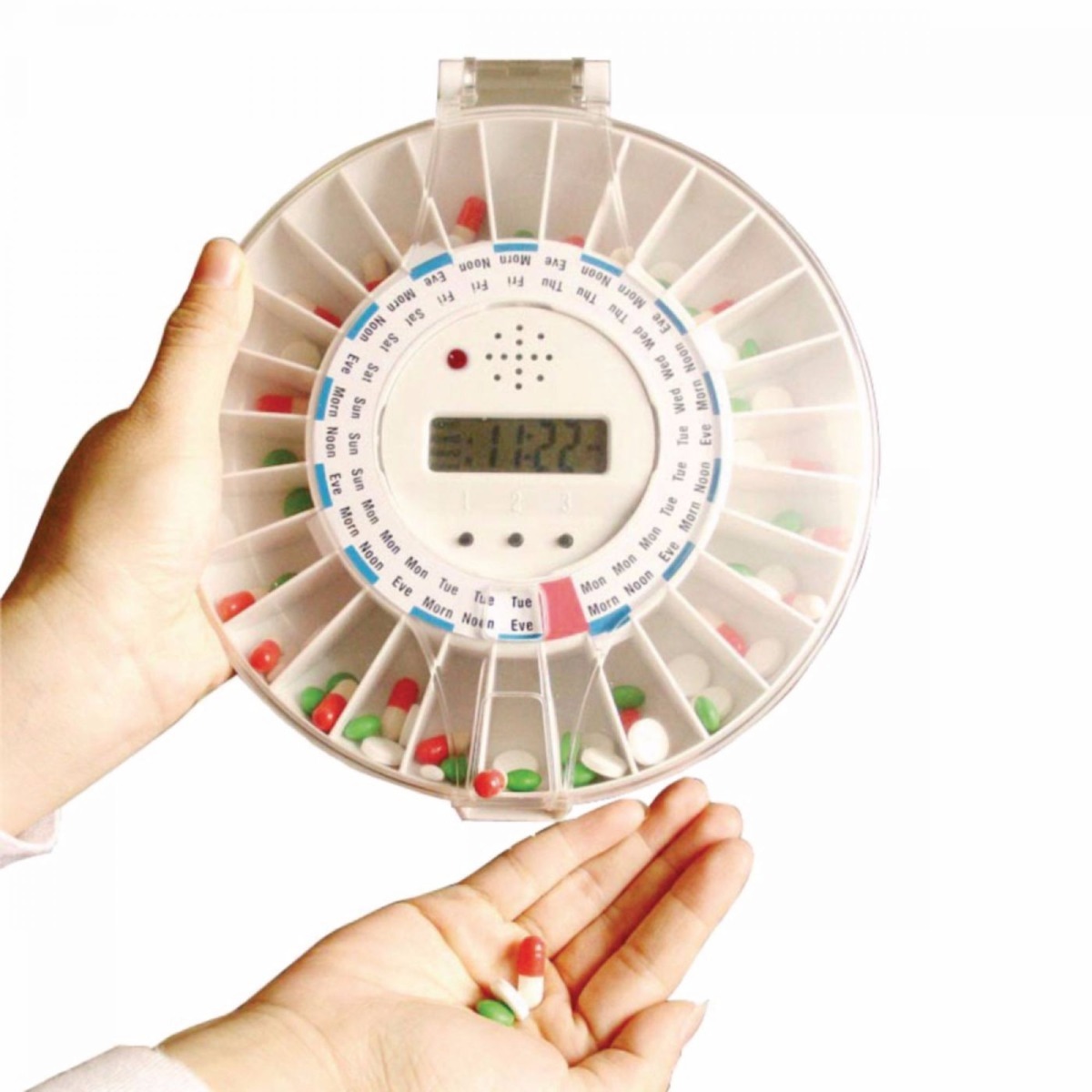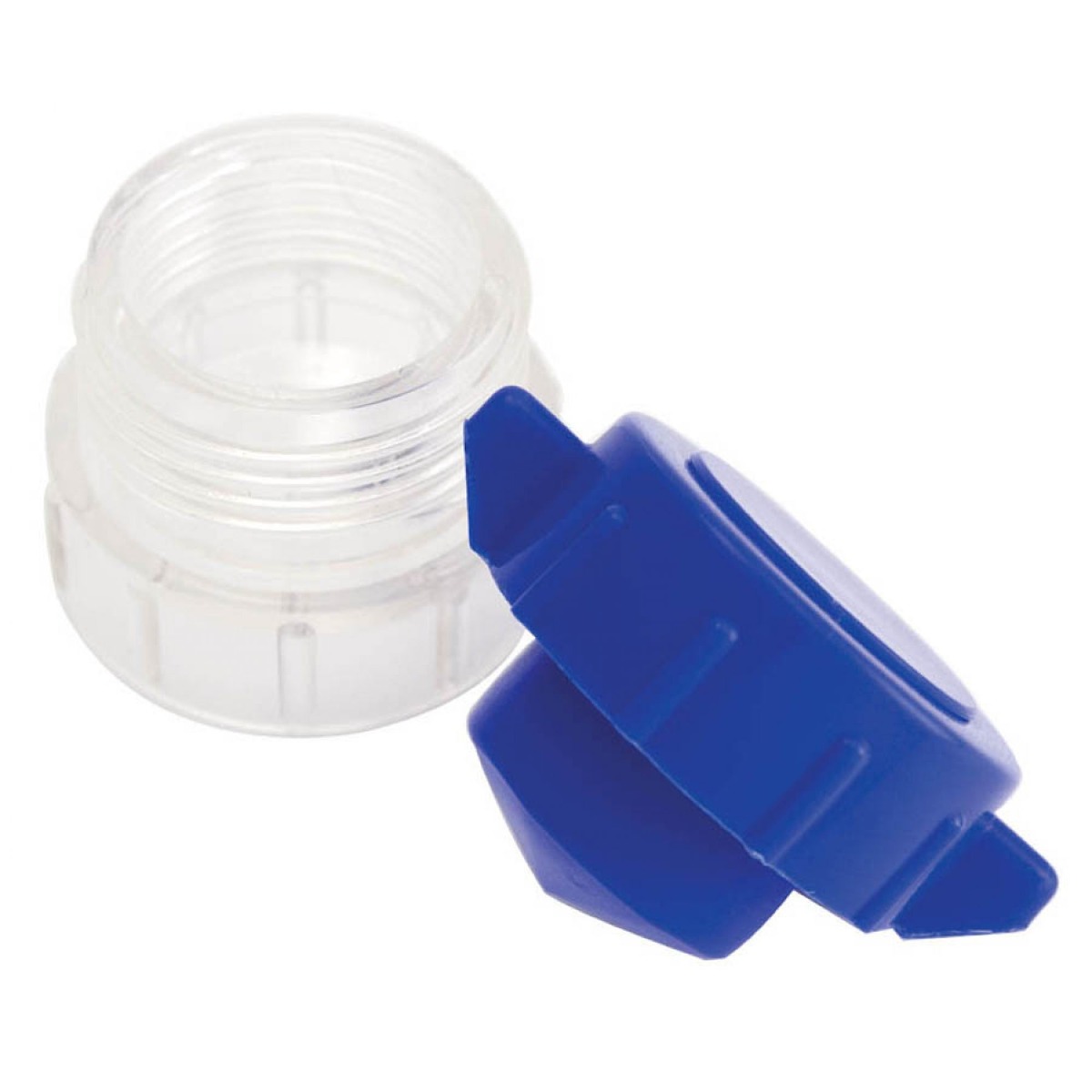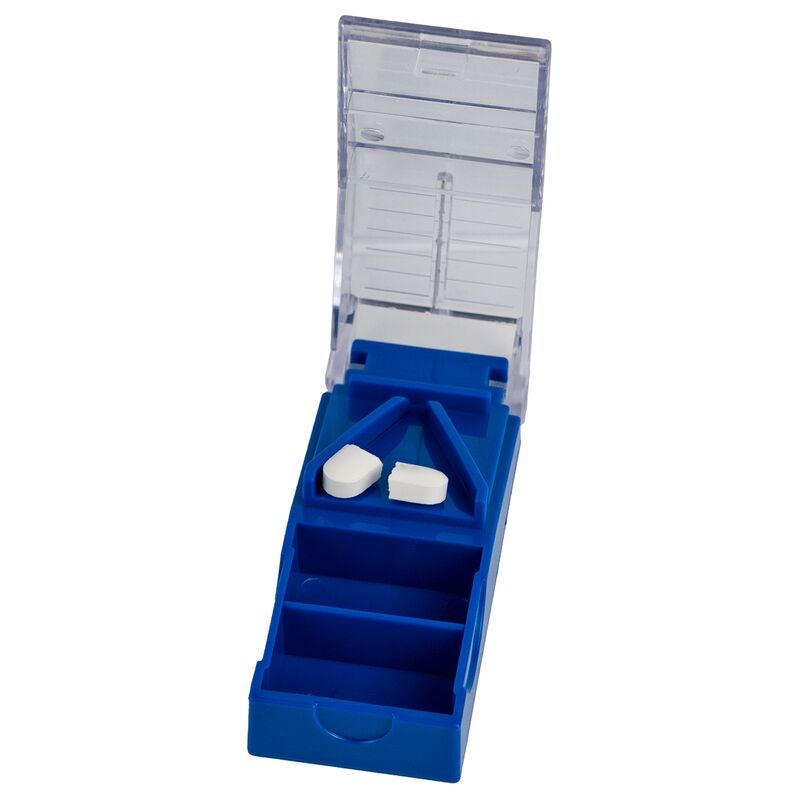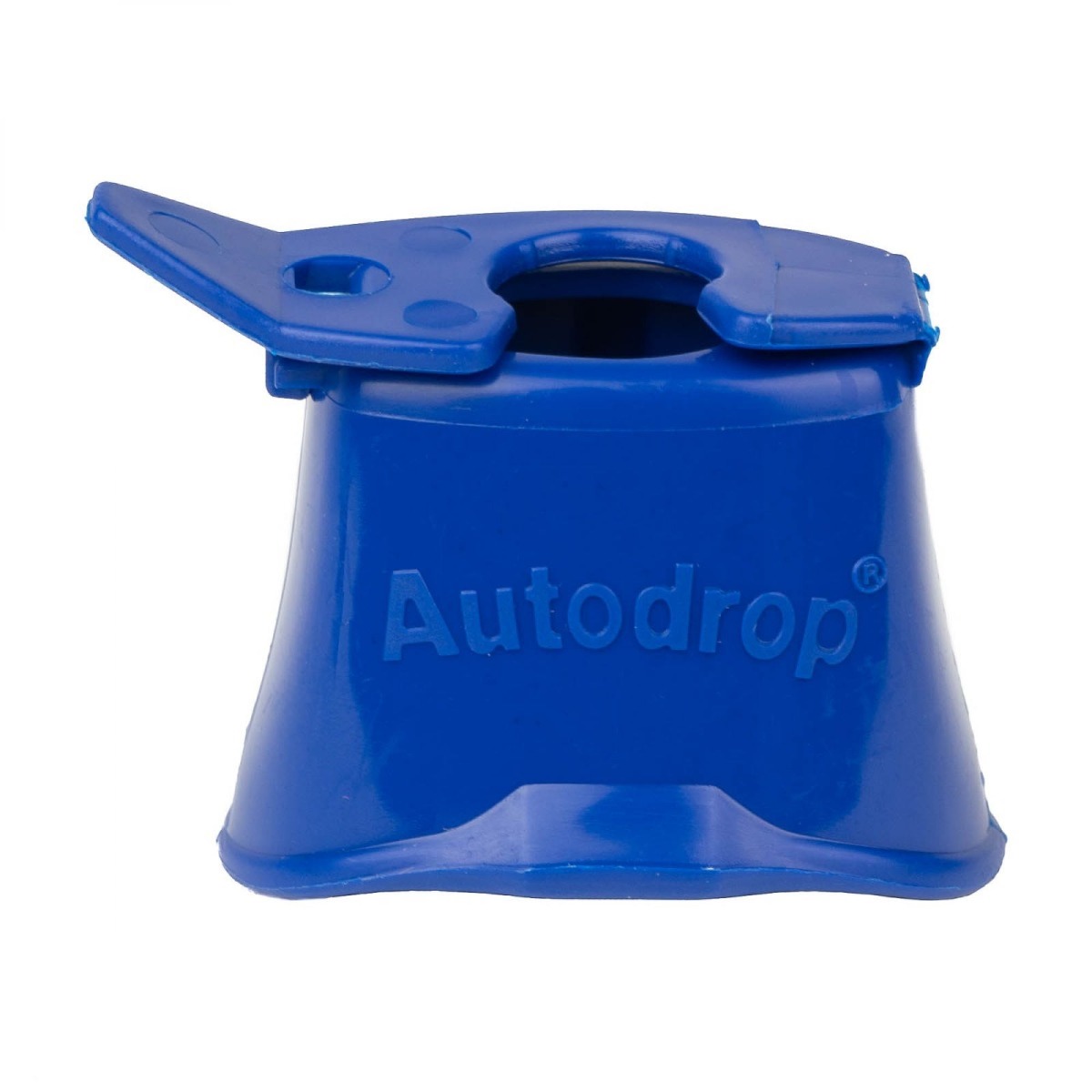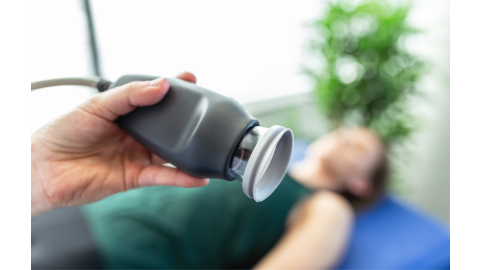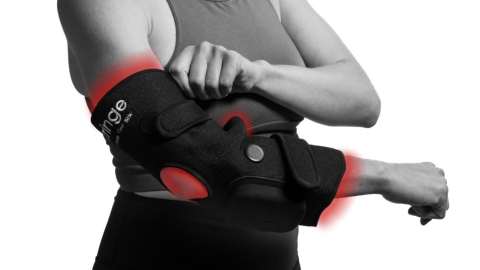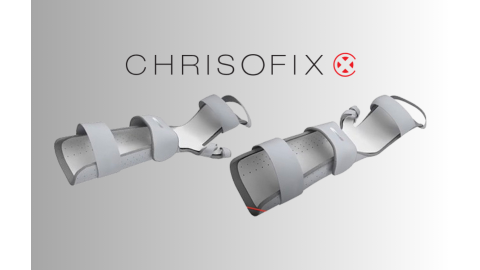If you, your child, or your elderly parent take medication, these products can improve your quality of life. From tools that split or crush pills to make them easier to swallow, to organizers that help you remember to take your pills daily, these medication supplies will help make your life easier!
- Medication Organizers
- Pill Crushers
- Pill Splitter
- Tips for Swallowing Pills
- Eye Drop Guide
- Browse all of our medication supplies!
Medication Organizers
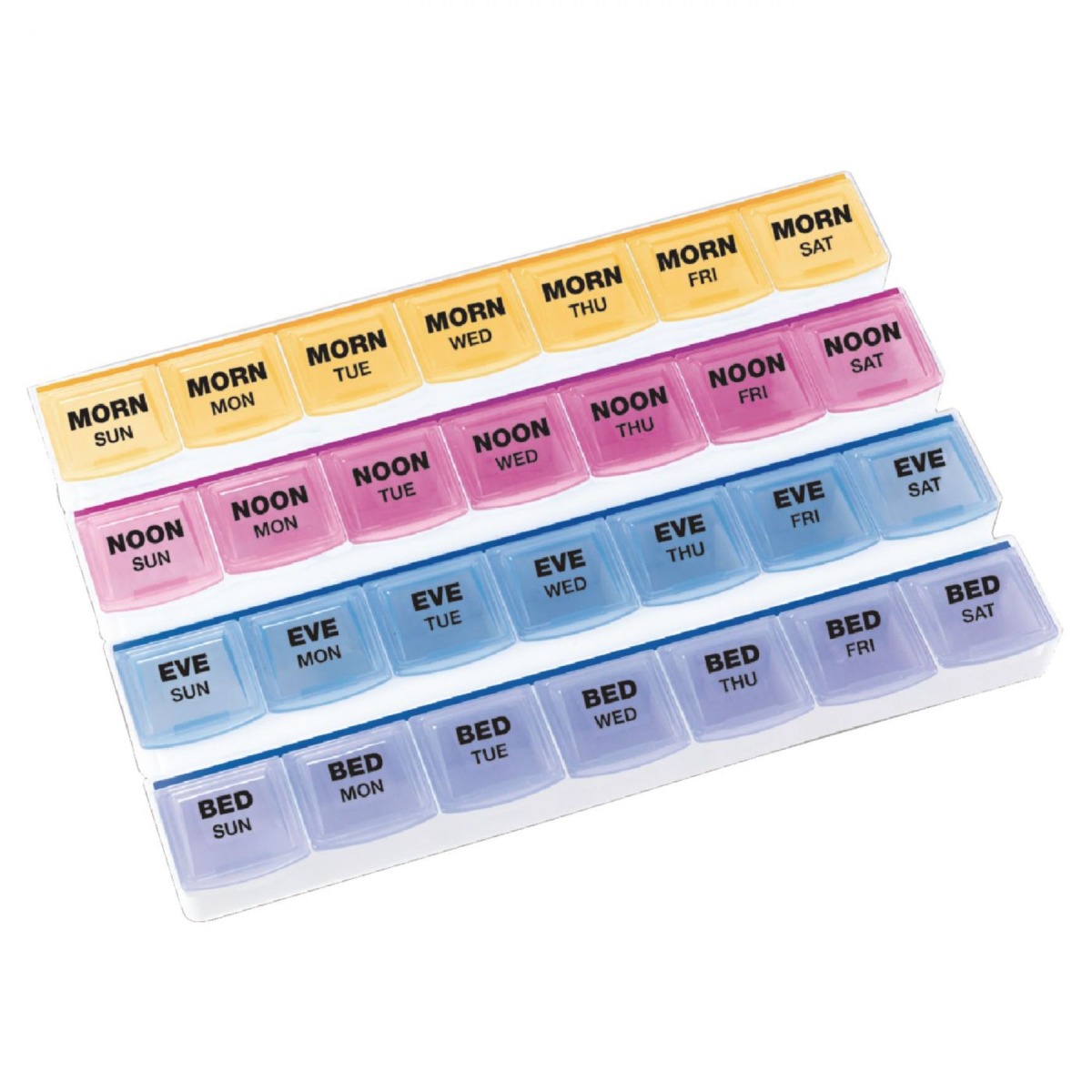
Medication organizers hold your weekly or monthly supply of medication. This makes it easy to see if you have taken your daily pills yet. Some options even speak a daily reminder to “Please take your pills”.
Let’s explore your medicine organization options!
Twice-A-Day Organizer
This medication box holds all of your pills for the week. Each day has two compartments: one for pills that you take in the morning and one for pills you take in the afternoon or evening. They are color-coded for people with visual impairments. Learn more about the Apex Twice-A-Day Weekly Pill Organizer!
Four-Times-A-Day Organizer
If you take pills more frequently, you may be interested in larger medicine organizer ideas. This organizer holds one week of pills for dosages up to four times a day. They are labeled with the day of the week and either morn (morning), noon, bed, or eve (evening). Learn more about the Medi-Planner!
Talking Organizer
This monthly pill box holds 31 days' worth of pills. Each day’s organizer is divided into 4 sections to hold morning, noon, evening, and night pills. Set up to 4 alarms a day with either beeping or a talking reminder to “Please take your pills”. Learn more about the MedCenter Talking One-Month Medication Organizer!
Lockable Organizer
This automatic medication box is excellent for parents and caregivers who want to help ensure their child or parent takes their appropriate pills. At the pre-set time, the carousel rotates to the next compartment allowing the pills to be removed. The notification will sound and the light will flash for 30 minutes until the pills are removed.
The pill organizer is lockable and has a key, allowing the caregiver to fill the organizer and not worry about children removing too many pills or parents accidentally removing pills and putting them back in the wrong compartment. The 28 compartments and the 6 maximum daily alarms allow the organizer to be used ranging from once a day for 28 days to six times a day for 4 days - and anywhere in between!
Learn more about the Med-E-Lert Pill Organizer!
Pill Crushers
Why do people crush pills?
People that have trouble swallowing pills will find that a manual or electric pill crusher makes taking medication easier. Pill crushers turn pills into a fine powder and are often added to applesauce, yogurt, pudding, ice cream, jelly, oatmeal, or even smoothies as a simpler option.
Is crushing pills safe?
Always check with your doctor before crushing your pills or tablets. Some pills will not work properly or may be harmful if crushed.
Some reasons why certain pills should not be crushed includes:1
- They could be harmful to your stomach lining without their coating
- They could be designed to release medicine slowly and crushing them could cause an overdose
- Inhaling the crushed powder could cause harmful side effects
- Or they might taste unpleasant without their coating
But some medications can be safely crushed to make taking your pills easier, so check with your doctor! Take a look at this article to learn more about safe practices for pill crushing.
How to crush a pill
To use a pill crusher: place the pill in the container and then crush it by putting on the lid and twisting it. It works similarly to a mortar and pestle. The pill powder is then contained in the base and can be added to food or put in a small pouch to store for later use. Follow the instructions that come with your pill crusher for best results.
Where can I get a pill crusher?
Prepare to crush your pills with Our Popular Pill Crusher. It easily fits in a pocket or purse and has wings and ridges for those with a weakened grip or arthritis. Order yours now!
Pill Splitter
Why do people split pills?
People split pills for a variety of reasons. Some split large pills to make them easier to swallow. Others split them if their healthcare provider recommends a non-standard dose such as one and a half tablets. Sometimes if a low-cost generic option is not available, healthcare providers prescribe a higher strength tablet to be split.2 Since most manufacturers follow flat pricing (meaning, keeping the price the same regardless of dose) splitting offers two doses for the price of one.2
Is splitting pills safe?
The American Pharmacists Association (APhA), the American Medical Association (AMA), and The Food and Drug Administration (FDA) advise against pill splitting unless a manufacturer specifically lists it as a prescribing option.2
Tablets that can be split are usually scored so that it is easy to see where the pill should be split. Certain medications cannot be split, which is why it’s important to consult your healthcare professional.
If you are going to split pills, you shouldn’t use a knife, scissors, or other sharp tools because they could split the pills unevenly or cause injury. Instead, use a pill splitter. They are designed for cutting pills in half and can have as little as 2% variability between the split halves, making them a better choice.2
Take a look at this article to learn more about safe practices for pill splitting.
How do I split pills using a pill splitter?
Place your pill in the center of the pill splitter. Close the lid allowing the blade to slice the pill in half. Store your split pills in a medication organizer or even in the pill splitter if it has a storage spot. Read the included instructions before using your pill splitter.
Where can I purchase a pill splitter?
Ready to use a pill splitter? Learn more about the Durable Pill Splitter! Or try the Pill Splitter and Crusher Combo to take care of your pill cutter and crusher needs in one handy tool.
Tips for Swallowing Pills

Up to 40% of children and adults can’t swallow pills.4 This can be caused by anxiety, fear, a hypersensitive gag reflex, or other physiological problems. Since some pills can’t be crushed or cut, how can you overcome these fears? Talk to your healthcare professional to find out if there is a physical problem preventing you from swallowing pills and for more pill swallowing advice.
If you have trouble swallowing pills or want to teach your child how to swallow a pill, these tips can help!4 5
Simple Tips
- Try putting the pill in your mouth first and then swallowing the water or juice, or try taking a sip and then putting the pill in your mouth to see if either option is more manageable.
- Let your child swallow the pills with juice or pop instead of water.
- Help your child with guided imagery, their tongue can be a water slide, the pill can be the rider, and the water propels the rider down into the pool, the stomach.
- Try a special pill swallowing cup, it’s a cup with a reservoir that holds the pill so the pill and liquid mix in your mouth.
- Put the pill in pudding or applesauce, the texture can make it easier to swallow.
Research-Based Suggestions
- Try the pop bottle method from a 2014 study in The Annals of Family Medicine with large tablets. Place the tablet on your tongue, tightly close your lips around the opening of a plastic bottle, and then swallow in a swift sucking motion. It led to a 60% improvement in swallowing pills in the study.
- The same study found that the lean forward method was best with capsules. Place the capsule on your tongue, take a medium size sip of water, and then tilt your chin forward while swallowing.
Pill Swallowing Practice
- Practice swallowing pills by using bread. You know it’s soft, so it’s less scary to swallow. Begin by rolling a small piece of bread to the size of a Tic-Tac and then swallow it. Repeat 5 times for each size before moving on to a larger size. Gradually increase the bread size to an M&M candy. Keep each session at 10-15 minutes before taking a break.
- Practice swallowing pills using candy. Follow a similar plan as above, but start with swallowing a small Nerd candy or sprinkle. Then advance to a Tic Tac, then a Smartie, etc. and work your way up to a Good & Plenty or Mike and Ike. You can progress over one session or work slowly over a few days. In your next session, start with the largest size you easily swallow and continue to progress.
Eye Drop Guide
Why do people use an eye drop guide?
Some people have trouble administering eye drops properly. They struggle with blinking or may miss their eye when trying to put in drops. If you struggle with similar problems, an eye drop guide can help you with both of these problems. It guides the eye drop bottle and helps hold your eye open.
How do I put in eye drops using an eye drop guide?
Most eye drop guides can be used following these instructions.
- Remove the cap on the eye drop bottle
- Open the eye drop guide and fit the keyhole top around the neck of the eye drop bottle
- Close the guide
- Hold down your lower eyelid and place the guide over your eye, letting the lip of the guide rest against your cheek
- Tilt your head backward looking towards the pinhole of light and gently squeeze the bottle allowing the drops to fall into your eye
- Afterward, open the guide, remove the bottle, and replace the lid
Be sure to use the exact instructions that come with your guide to ensure proper use.
Where can I buy an eye drop guide?
Check out the Autodrop Eye Drop Guide now!
References
- NHS. (2018). Can I crush medicines before taking them?. NHS. Retrieved from https://bit.ly/2EG51vP
- Rathner, J.L. (2011). When Splitting Pills, Beware of Risks. Laborers’ Health & Safety Fund of North America. Retrieved from https://bit.ly/31yxQTJ
- Gilchrist, A. (2016). 4 Smart Ways to Split Pills. Pharmacy Times. Retrieved from https://bit.ly/3gud9ww
- Ellin, A. (2015). Can’t Swallow a Pill? There’s Help for That. The New York Times. Retrieved from https://nyti.ms/34CV4dt
- Godman, H. (2020). Two tricks to make it easier to swallow pills. Harvard Health Publishing. Retrieved from https://bit.ly/2D7YvgU
- Maddak. (n.d.). Autodrop Eye Drop Guide. Ableware Independent Living From Maddak. Retrieved from https://bit.ly/2YGkdzZ
Medical Disclaimer: The information provided on this site, including text, graphics, images and other material, are for informational purposes only and are not intended to substitute for professional medical advice, diagnosis or treatment. Always seek the advice of your physician or other healthcare professional with any questions or concerns you may have regarding your condition.








 France
France Australia
Australia